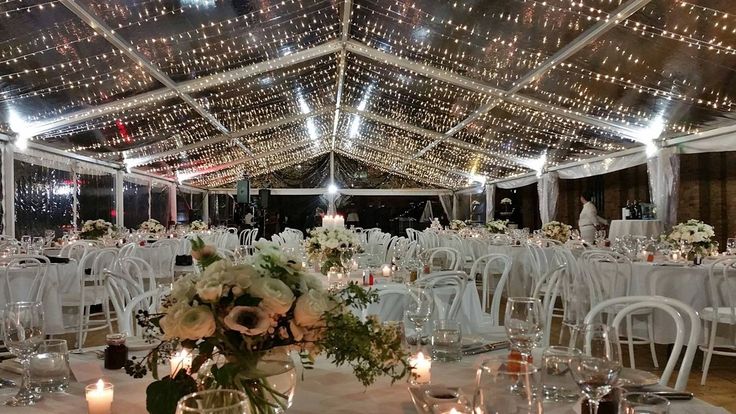Arranging the Best Wedding Reception Seating Plan
 Create a successful table plan for your wedding reception with these tips and create a great atmosphere at your wedding tables. Gracefully avoid the coming together of odd minds and bring together people who will enjoy each other’s company.
Create a successful table plan for your wedding reception with these tips and create a great atmosphere at your wedding tables. Gracefully avoid the coming together of odd minds and bring together people who will enjoy each other’s company.
When to Start Planning?
In this case, the sooner is not the better. Statistically, 20% of the invited guests are not able to make it to the wedding. It is, hence, advisable to start planning the seating a fortnight before the wedding when you have all the RSVP’s and know for sure who is attending and who isn’t.
How many seats do you have?
Take a pencil and a paper and draw a map of the reception seating. Creating a good wedding reception seating plan is crucial for the comfort of your guests. Before you decide who sits where, you need to know how many seats you actually have. Write down how many tables there are, then how many chairs occupy each table. An average reception will have a long table for the bridal party and smaller tables for the guests. It may be helpful to make sketches to illustrate where the tables are in relation to one another.
Take Help from parents
When creating your wedding reception seating plan, have both your parents and the parents of your fiance help you. Since they are most likely going to know most of the guests on a personal level, they can help you figure out who should be seated close to each other and who should not.
If you know the guests well enough, continue planning with your fiance since involving any other person doubles the time taken.
3 Ways to Arrange Seating
Fixed Places Seating
Assign a place for every person on the list using place cards. Ideal for weddings where you want the guests to “mix”. It is a way to bring people who do not know each other and who you feel, would agree. A sign at the entrance of the room tells each guest which table is assigned to them.
‘Match’ guests
Always make sure you keep couples together, as well as children and their parents. If for some reason you are seating people next to one another who have never met, try to ‘match’ them based on traits such as age, personality or interests. They just might hit it off!
Semi-Fixed Seating
The guests are seated at a table (shown on a board or an easel at the entrance to the room). But at the table, the guests may choose any place they want. This is practiced especially at weddings where there are many guests. But this option has one major limitation: those who already know each other on one specific table, can group together leaving some guests feeling isolated. This can be taken care of by assigning to each guest, one other guest that he/she might relate to, on each table.
Mixed Formula Seating
You will have to change your feeding plans to facilitate this. Guests will remain placed in a fixed seat until dinner is served. Later, have a dessert buffet, for which the guests can get up and move around and mix with whom ever they wish to.
Place Cards
It’s basic etiquette to use table place cards. These can be handmade or purchased from the same stationery store as your wedding invitations.
Traditional and Alternative Arrangements
The traditional wedding reception seating arrangement for the bridal party involves the bride and groom in the center flanked by their respective parents. But at times, special arrangements will have to be made. One such example is if one of the sets of parents is separated or divorced. In that case, alternative seating arrangements may have to be made.
Creative Names for the Tables
You can get creative when naming the tables instead of just numbering them. If you are having a themed wedding, let the theme dictate the names of the tables. If not, use creative ideas such as names of favorite places, flowers, trees or even ‘I Love You’ in different languages!
Things to Avoid when planning the seating
1. Do not split couples. Couples are always placed together. They might join their respective friends and family before or after the meal, but they should remain seated together while dining.
2. Avoid seating together people who have conflicting interests.
3. Do not seat together friends or couples you are trying to bring about a reconciliation between. A wedding is not the place for this.
4. Do not seat together exes.
5. Do not isolate a single person amongst all other couples.
6. Do not mix children, pre-teens and teens at the same table with grown ups. Seat according to age.
7. If you have a younger cousin or friend’s sister left out, don’t seat her at the children’s table. She will get bored playing babysitter. Mix her with other young adults of her age. Also see Entertaining Kids at Weddings.
8. Show the seating plan to close family beforehand. They might have suggestions and revisions that you missed.
A little planning goes a long way
When it comes to your wedding reception seating plan, the most important thing is comfort, especially yours. After all, it’s your wedding. The key to a successful wedding reception seating plan is to do a little planning, make sure you and your guests are comfortable, and lighten up — seating arrangements should not cause stress on your big day!

